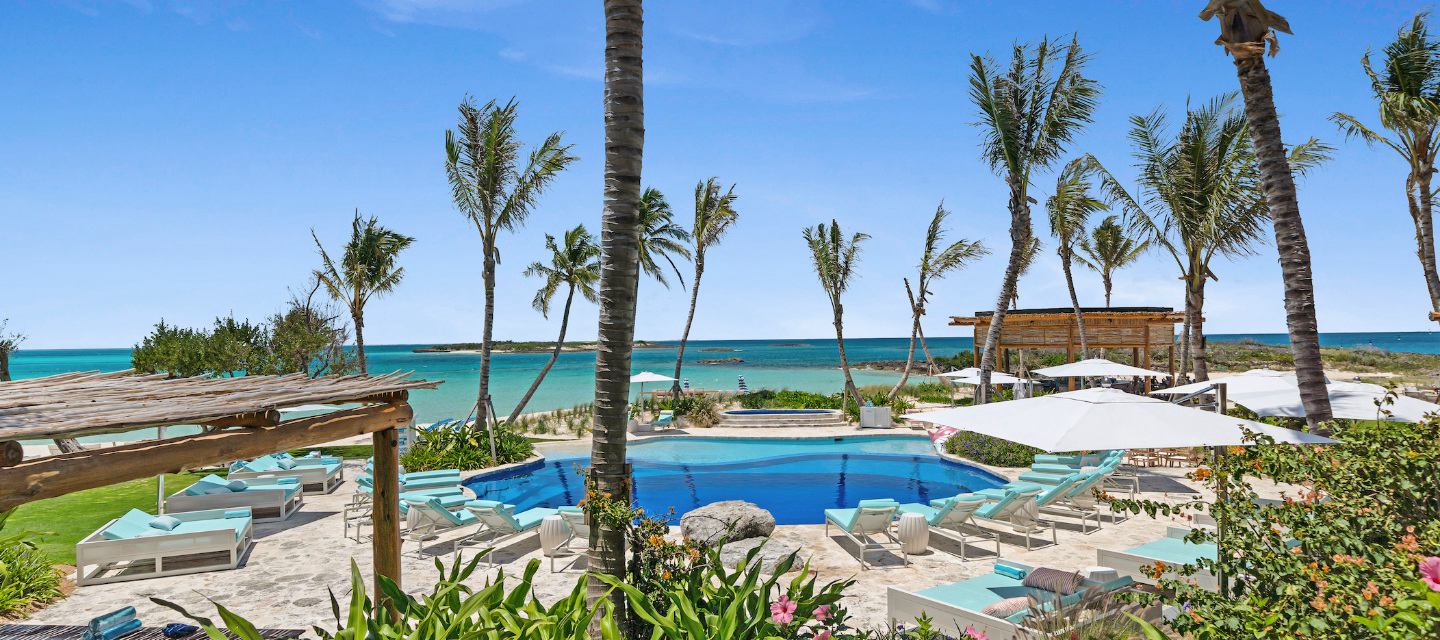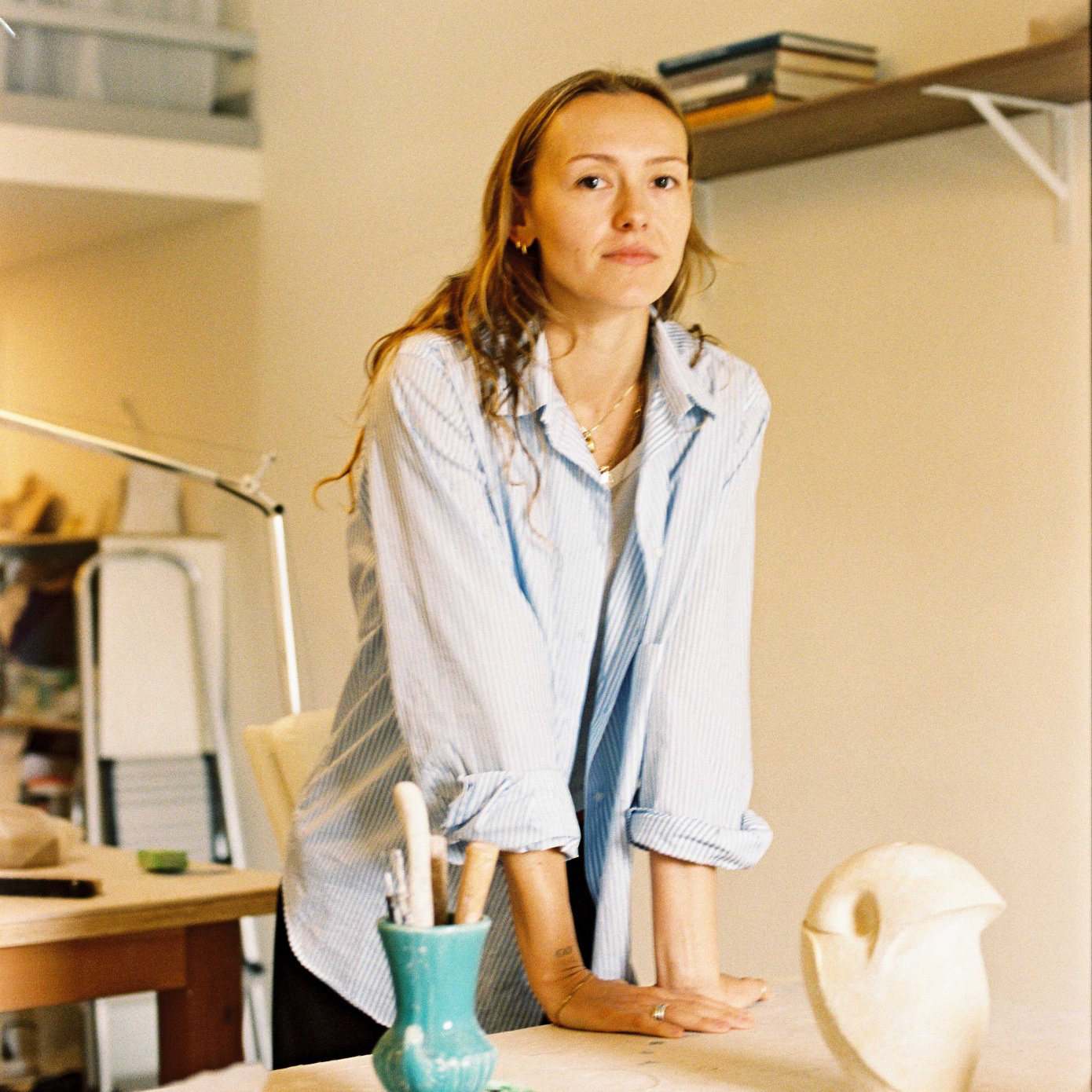For those unaware, Discovery Land Company isn’t just a branded real estate development company—it’s the branded real estate development company. The US-based firm, known for developing and operating private residential club communities and resorts across the globe, has become so well regarded for its ability to integrate premier locations with top-notch services that many members often find themselves purchasing in multiple Discovery destinations, collecting homes the same way one might collect works of art. For instance, members at Silo Ridge—the 850-acre private residential community in the historic rolling landscape of the Hudson Valley in New York—might also own at Driftwood, the new 800-acre project just outside of Austin, complete with meandering creeks and 70 acres of vineyards, as well as at Barbuda Ocean Club, the 800-acre Caribbean resort known for its pristine beaches, kiteboarding and sailing.

But there’s more to the magic of Discovery than just owning a trophy home at one of their 27 private communities. Here, its founder, chairman and CEO, Mike Meldman, gives some insights into developing some of the world’s most sought-after communities.
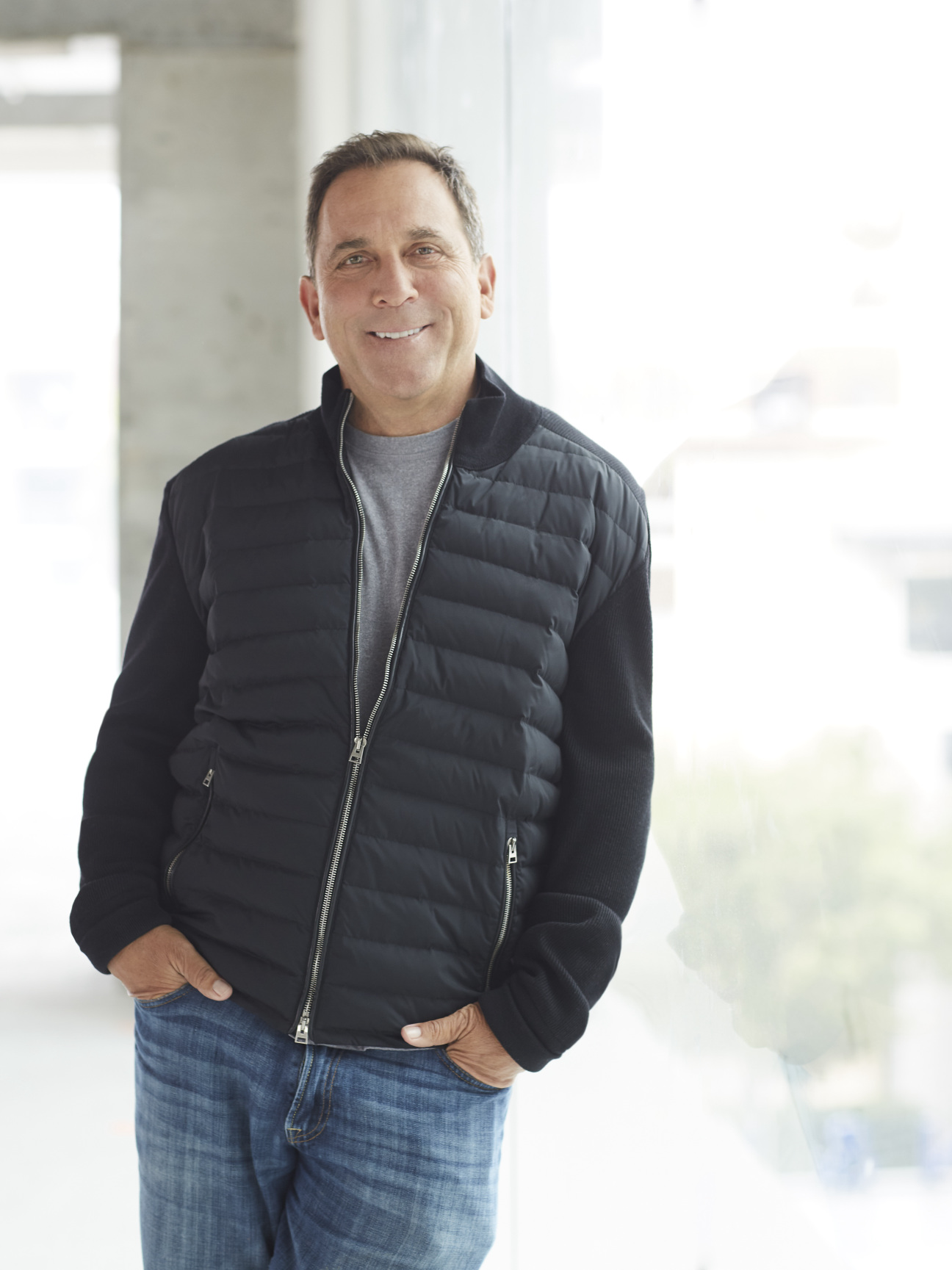
Samantha Brooks: Your first development, back in 1994, was in Scottsdale, but your latest ones are in emerging destinations like Comporta, Portugal and Barbuda, where you’re the first project of its kind in the area. How has your approach to finding destinations evolved since you started?
Mike Meldman: Estancia came about because I grew up in Arizona and knew Scottsdale well. I knew right when I saw the land how good it was because it encompassed Pinnacle Peak, and it was a great opportunity to own a landmark, along with also encompassing amazing topography, vegetation, rock outcroppings. Plus, we were able to get Tom Fazio to design the golf course. (He’s since designed more than 15 of our golf courses.) We laid the roads into the natural contours of the mountains and didn’t have to disrupt the environment. Now, 30 years later, the houses all still blend into the setting perfectly, and the golf course looks like it was dropped in from the sky.
The idea has always been to find great properties and develop them within a natural setting. We had been looking in Comporta—a beach town on Portugal’s southwestern coast that feels like St. Tropez did decades ago—for almost 20 years, but the zoning is strict, and the entitlements can be challenging. When this property became available, we knew it was perfect. Not only did it already have its entitlements and permits, it also contains the longest beach in Europe, so we’ll have 60 kilometers of coastline. The golf course, which is already complete, has huge sand dunes and pine trees and reminds me of Pebble Beach. People in Europe aren’t familiar with Discovery yet, but CostaTerra [the Comporta project] is going to change luxury real estate in Europe.
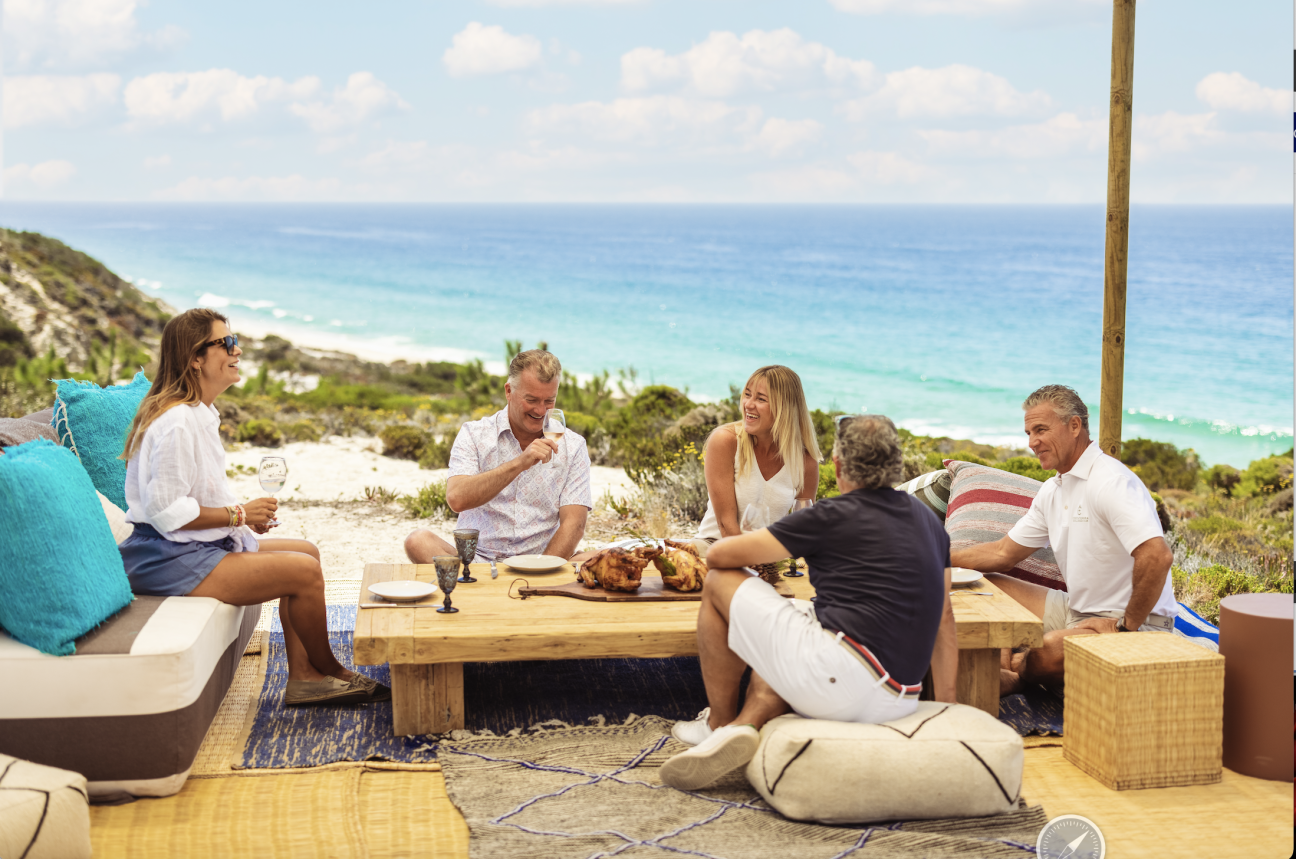
SB: What is the thought process that goes into creating your projects?
MM: Each community is designed to be completely custom to its region, and we try to make it feel like our interpretation of what should be there. We’ve done more than 30 communities now, and we know how to work with architects and land planners to create something that will look good now as well as decades from now.
To us, a Discovery property isn’t about following a trend or an aesthetic. It’s an emotional experience. You’ll never come into one of our properties and feel like it’s a ghost town with just a bunch of enormous homes. Our members truly want to be here as much as they can because it’s like being with an extended family. From our staff to the other members they meet, it’s all about creating connections and feeling at home. Kids grow up at our communities together. Your kid doesn’t need to bring five friends with them when they visit because they already have friends at Discovery. Our employees are an important element too. We don’t have a transient staff—they’re part of the club and the family and we make an effort to retain them.
Another way we create a real sense of community is through a screening process—not just anyone can buy a home, you have to be accepted as a member—and then from there, it’s about offering much more than just great real estate. Our Outdoor Pursuits program is available at each of our properties and focuses on unique activities for that area. For instance, at Silo Ridge, there are things like horseback riding, hiking the Appalachian Trail and rafting down the Housatonic River. At Troubadour [just outside of Nashville], there’s archery, fishing, go-carting and canoeing. Of course, all of our communities have a stellar golf course, which means that they also have our famous comfort stations, each stocked with food that reflects the region.
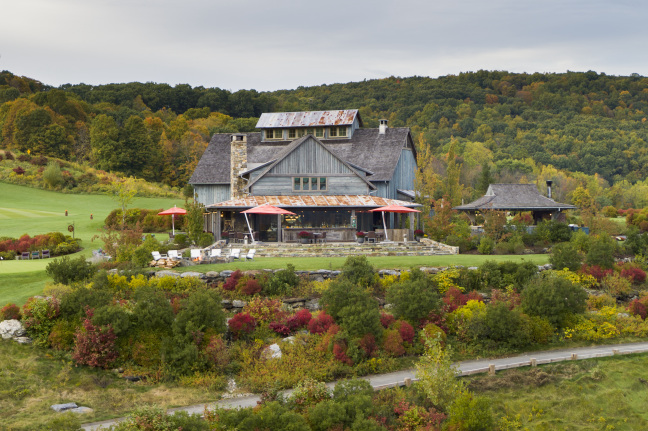
SB: How have you seen people’s taste in architectural styles change over the years?
MM: I don’t know that it has, or if it has in a way that’s relevant to us. Again, we’re not about following trends. The point is to create communities that will look appropriate for years and years to come. We look to the local environment and culture and embrace them in everything we do. We don’t do anything cookie cutter, so at Baker’s Bay in the Bahamas, that means we’re building homes with a lot of color. At CostaTerra, the homes incorporate local stone, but also more expanses of horizontal windows, which has a slight contemporary feel. At Silo Ridge, we have an authentic red barn—it’s not like we’d want to place a French Gothic building in the middle of upstate New York.
We’ve also created great design teams in-house that understand our ethos, and we engage well-known firms as well. We’ve used Hart Howerton for a lot of our clubhouses, as well as Tom Kundig and Walker Warner Architects, and we’re currently working with Alexandra Champalimaud for the interiors at CostaTerra. Additionally, we try to give work to the local communities we’re in, so we’re also working with smaller architects and engineers who live in the areas we’re developing.
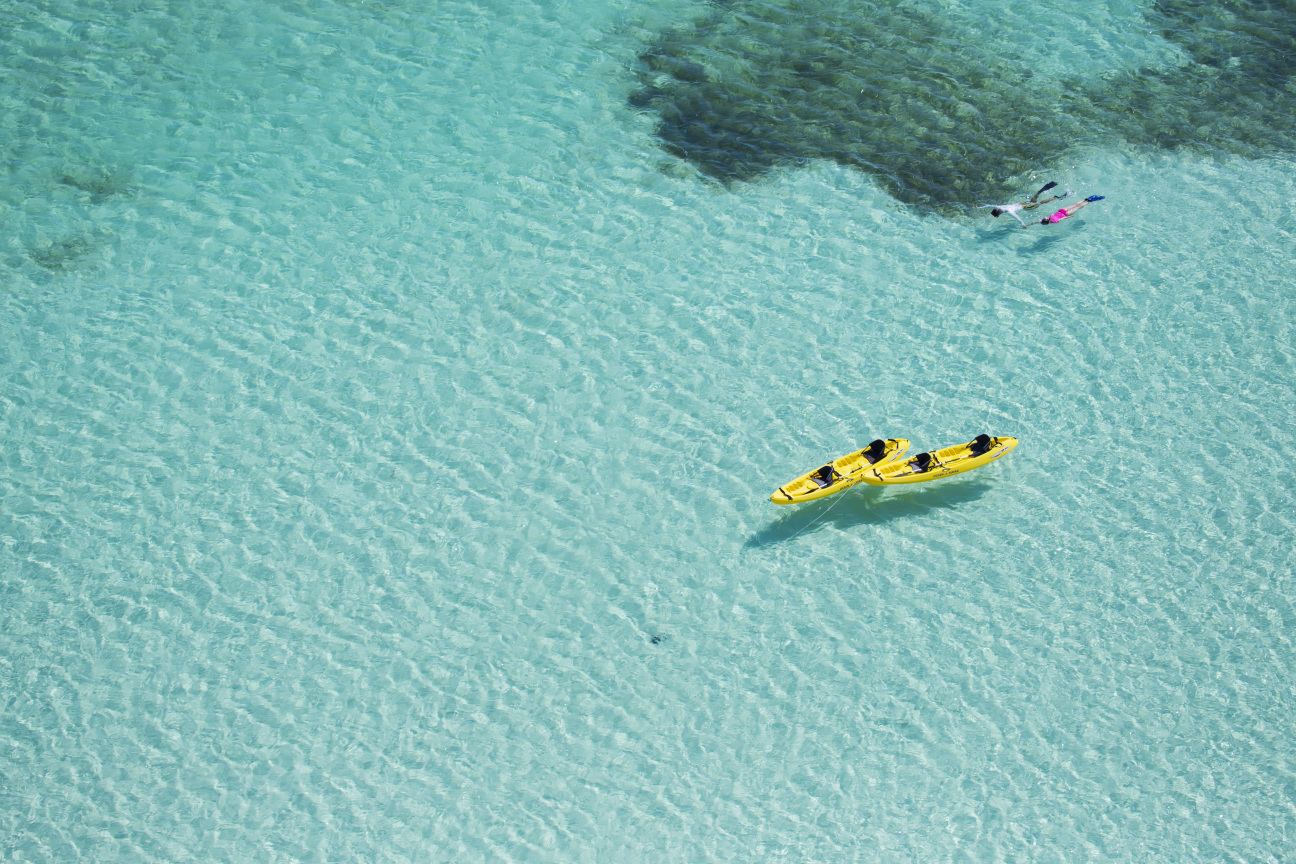
SB: Sustainability has been a big initiative for you. A lot of people think that just means solar panels and low-flow shower heads. What are you doing beyond that?
MM: My son Hunter got his Master’s degree at University of Colorado Boulder in sustainability. It’s a big focus for us. We’ve done everything from converting diesel plants into liquid gases, and we’re trying to go solar as much as we can. One of my biggest pet peeves is plastic bottles—we’re trying to come up with something that’s a compostable plastic alternative, because even if you’re using aluminum, it’s not always possible to get things recycled. Our communities also have farms where we grow our own food, and we have compost machines that put the converted food waste back into the gardens.
SB: How has Discovery become more than just a real estate development?
MM: One of our first communities was in Whitefish, Montana. It’s where we first created the Outdoor Pursuits program. My kids were with me there all the time and they became total mountaineers. We were living full-time in San Francisco, but because of our time in Montana, not only could they play football and basketball, but they could also tie their own fishing flies, wakeboard, go white water rafting, ski, go into the wilderness with a backpack and camp out. That became an intrinsic aspect the club—that we embraced the local activities and culture. At our Hawaii properties, my kids grew up on the water, learning to paddleboard, free dive, and snorkel. My oldest are 34 and 31 now, and no matter what part of the world they’re in, they’re naturals at almost any outdoor activity.
We’re always improving in a way that’s unexpected. Sure, over the years our clubhouses have gotten larger, and our commitment to health and wellness has definitely grown, but my favorite part is envisioning how everything from the architecture to the culture will flow seamlessly. In the beginning, I don’t know that I expected to develop real estate that would also enrich people’s minds and build these emotional connections, but I think we get better and learn more with every project we do.

